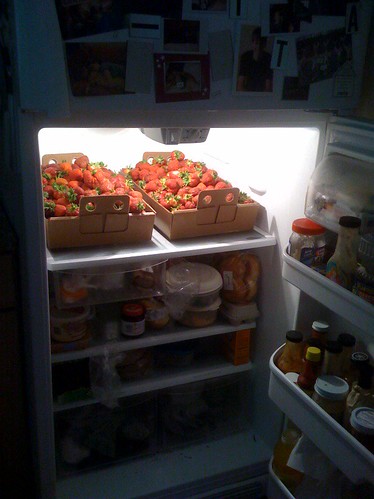On Reading
Yesterday, I heard a brief segment of the NPR program “On the Media,” which included an interview with Ann Kirschner, a woman who set out to read Little Dorrit in four different formats: paperback book, audio book, Kindle, and iPhone.
Now, just to clarify: she didn’t read the entire book four times, which is initially how I was envisioning this crazy project. No. Instead, she would start in her house with the paperback version, and then she’d pick up at that point with the audio book while traveling to work on the subway.
“I didn’t set out to be scientific, I set out to be practical,” she explained. Which is to say that it wasn’t so much an experiment as it was a method of fitting in 1000 pages of reading with an otherwise busy life.
But the experience still provoked questions about various methods of reading (and whether they all can be called reading). I don’t think there was a clear winner in her estimation, but the Kindle seemed to be the clear loser. She didn’t like “having to make a conscious decision to take it with her.” And she also cited the annoying black screen transition that animates every page turn.
I’ve seen this annoying black screen myself. Last week, one of the members of my writing class brought a Kindle to lunch and passed it around. When you “turn” a page, the writing turns white, and the screen turns black just for a split second. It’s jarring.
Ms. Kirschner said she spent the most time listening to the audio book version, and she disagrees with those who say listening isn’t reading. She admits that with an audio book, you’re at the mercy of the narrator; you can’t go backward or forward; you can’t dog-ear pages or underline or write in the margins. So it’s a relatively “passive” experience, she concedes. But is it still reading?
Read More


